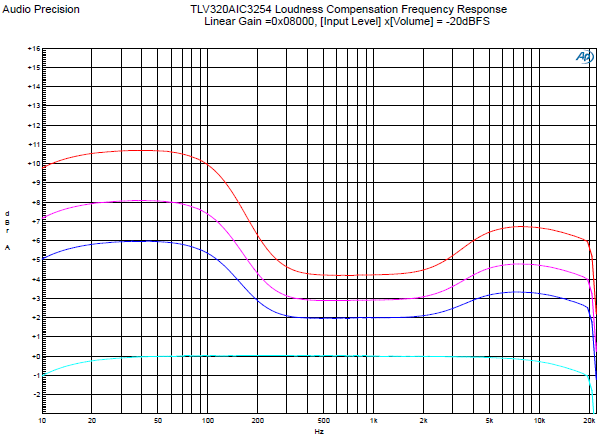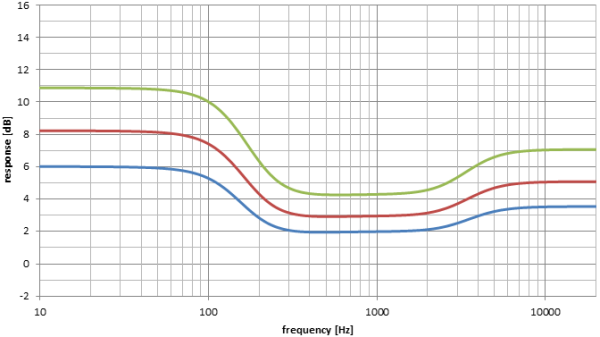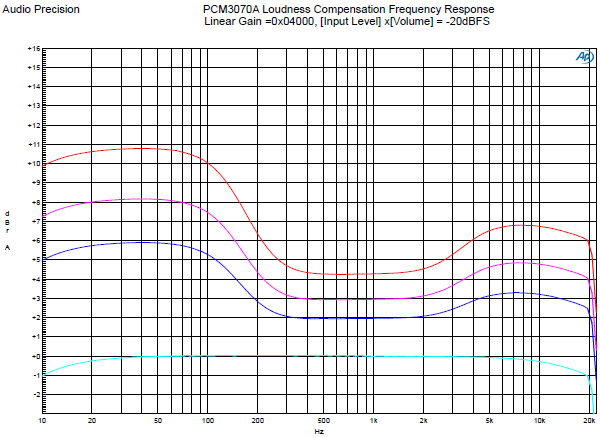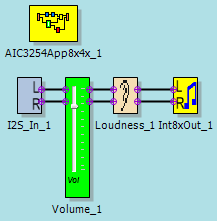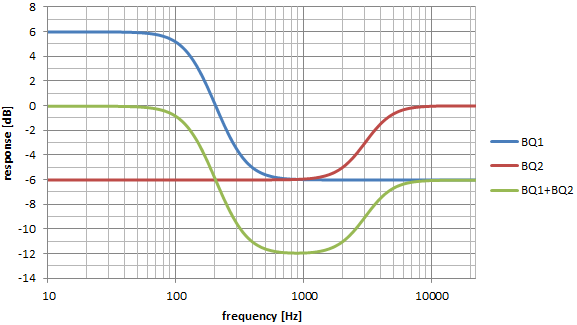Hi,
A customer wants to use Loudness component in TLV320AIC3254 miniDSP with same parameter value as it was used in PCM5142 miniDSP. However, frequency characteristics were different between TLV320AIC3254 and PCM5142. I received a question which frequency response was right, from him. So I measured frequency response of both Loudness components, PPS (Portable Audio) and PPS (Home Audio). The results were same as his measurement of two devices, shown as follows.
And I did frequency response simulation by MS-Excel, using default parameter of Loudness component, as follows;
I think PPS (Portable Audio) to be right from the result of my simulation. Then we found that frequency response of PPS (Home Audio) with a half value of Linear_Gain parameter corresponds to PPS (Portable Audio).
I think the scale of PPS (Home Audio) Loudness component Linear_Gain parameter is wrong. How does TI think?
Best regards,
Akio Ito


